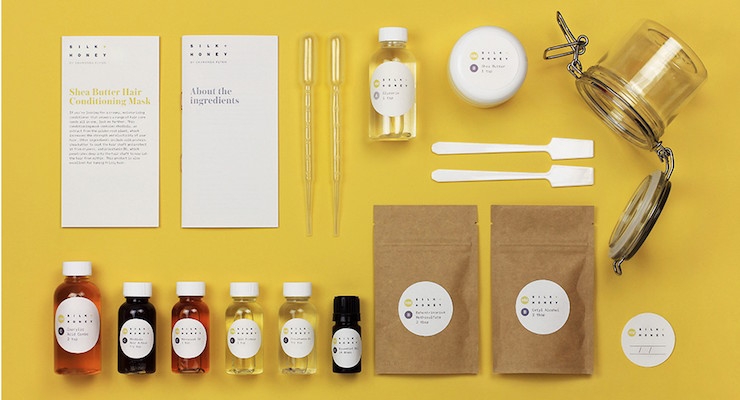
2016-08-31 11:05:11
A New Age of Transparency for Beauty
2016-08-31 11:05:11

Previously a few beauty brands could deliver distinction and desire through showcasing their ethical affiliations. However, as expectations increase, we are seeing brands enter a new age of transparency, where provenance and production are used to tell and sell their stories.
Photos, in the slideshow above: Silk+Honey, a DIY beauty brand; Belif and Nouri; the author Nick Dorman
Setting the Scene
A fundamental factor behind this growth, and this overall increase in expectation, are the Millennials. Highly image-conscious and increasingly skeptical of products that have hit the mainstream, to many the very act of selecting a package is an opportunity to share a statement about their identity.
Another key driving force is the influx of brand shaming platforms. “Think Dirty,” for example was created to disclose just how “toxic” and potentially damaging your cosmetics could be. The app works by scanning a barcode of products and revealing a 0-10 rating, thus allowing its users to bypass the brand’s own messaging, and really get under its skin.
“Truth Beauty Lies” is also worth a mention. Part blog and part product guide, the site has exposed many natural companies for not always being as pure as they've claimed. British retailer LUSH, famed for their commitment to all-natural and fresh formulae, was recently featured on the site for the fillers and preservatives they add to their products to extend shelf life availability.
Shortening Shelf Life
It is common knowledge that the majority of our on-shelf skin care solutions are formulated with the use of preservatives and additives to extend their shelf life.
Nouri (shown in the slideshow above), a Danish skin care care brand is, however, trying to change all this with its fresh, small batch skin care solutions, which are formulated every 12 weeks. It is their approach to label design that really resonates with the transparency theme. Instead of the standard expiry date, all packaging is stamped with two dates: a start-using-by date and an expiry date—thus highlighting when to use the product if they are to benefit from the formula’s optimum efficacy.
DIY Beauty
Encouraging a more collaborative and authentic relationship are DIY beauty brands, which allow users to create their own beauty blends and openly explore each ingredient. While there are many examples evolving in the industry, from a packaging perspective, Silk + Honey(shown above) creates a clever cut through, with their use of color codes and simplified, almost mechanical typography. The brand has also chosen to be highly selective when it comes to on-pack information, stripping out anything unnecessary, something they feel offers a visual reflection of their products’ purity.
Addressing Ingredients
In recent years many of the global giants have chosen to reformulate their products in a bid to address concern about clarity of ingredients and articulate authenticity. For example in 2014, Avon announced that it would remove the proven hormone disruptor triclosan from its products. However, it failed to address what it would substitute, thus resulting in a backlash of negativity. This is partly because many companies have chosen to replace triclosan with quaternary ammonia compounds or quats. Contrary to triclosan, on pack quats can go by a number of names, meaning that they are often missed.
Milk Studios is a creative media company that recently diversified into the cosmetics industry, and stands out for their meticulous manner to which they go when it comes to clarifying product purity (their mascara for example is 74% natural).
The Korean cosmetic company Belif, shown in the slideshow above, has gone one step further, making the percentage value of each of their ingredients an on-pack centerpiece.
What This Means For The Cosmetics Industry
Perhaps what the examples above highlight is that niche and independent brands seem to be on the path to perfection when it comes to “transparency.” However, as desirability develops, more informative and distinctive packaging designs will help push both product purity and consumer concern into the mainstream.
ABOUT THE AUTHOR
Nick Dormon is managing director and strategy director at Echo Brand Design
Looking for compact container?
please visit www.topbeautysh.com for more cosmetic packaging information.
LinkedIn




